Smartphone Manufacturers Need To Replace Ultrawide Cameras With Telephoto Lenses
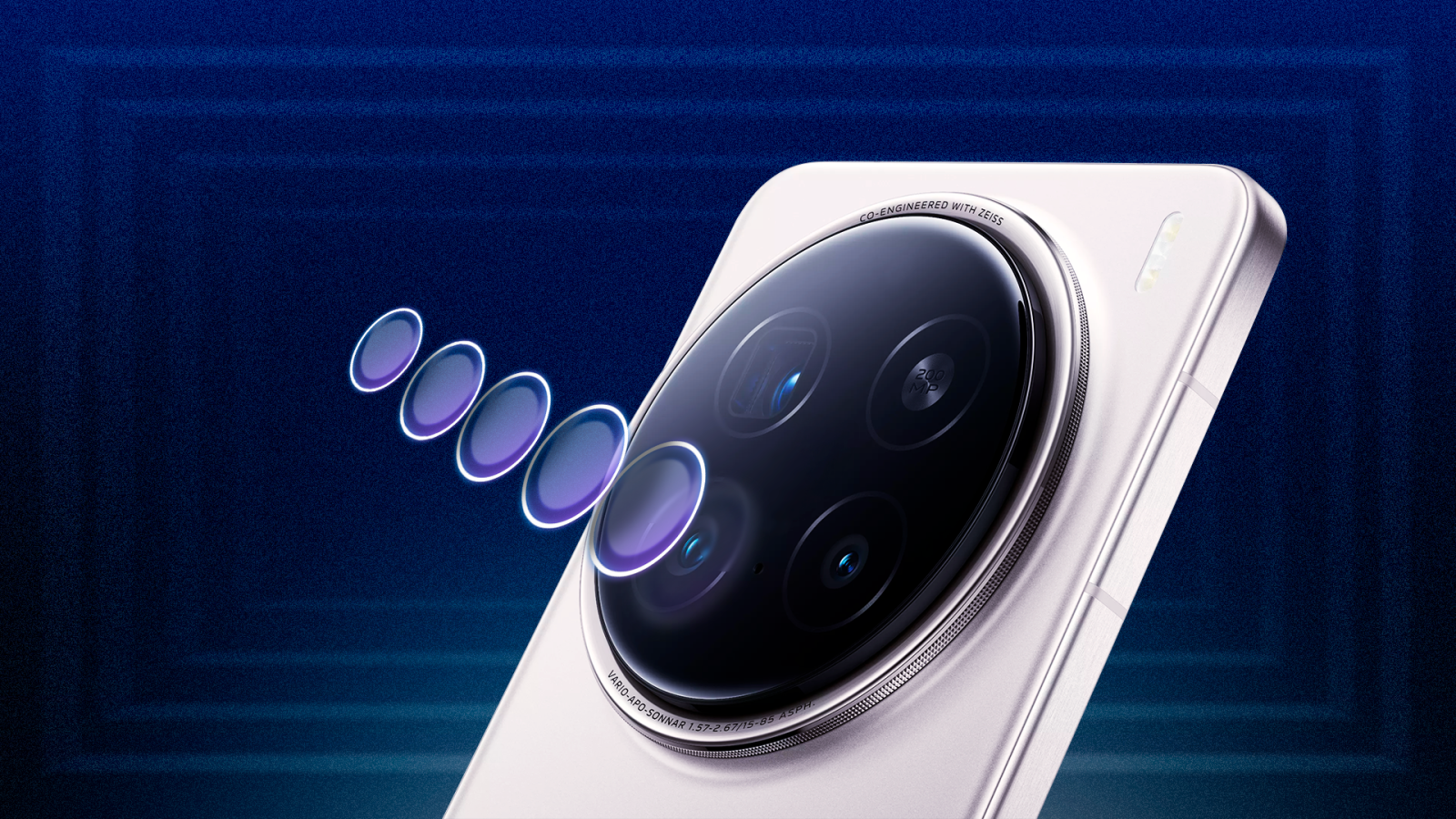
Contents
I’m an avid smartphone photographer interested in street photography and clicking human portraits. I’ve captured photos on my phone for over a decade, from budget-oriented $100 smartphones to the best camera phones such as the Vivo X200 Pro, Xiaomi 15 Ultra, and the Oppo Find X8 Ultra. Smartphone cameras have evolved throughout this journey. Phones back then had a single camera. Over time, dual cameras became the norm on budget and mid-range phones, while flagships have triple or quad camera setups.
With dual camera setups, brands often pair a standard lens with an ultrawide camera. It seemed like a nice proposition until I got my hands on a flagship phone with a telephoto camera. That’s when I realized the advantages of a tighter focal length, and understanding compression, depth of field, and focus falloff. There was no going back after I started shooting with a telephoto lens. I use the 3.7X camera on my Vivo X200 Pro the most, more than the primary 1X shooter with a larger sensor. I love the shots, and I feel it’s time for brands to do away with the ultrawide camera in favor of a telephoto lens. Let me elaborate.
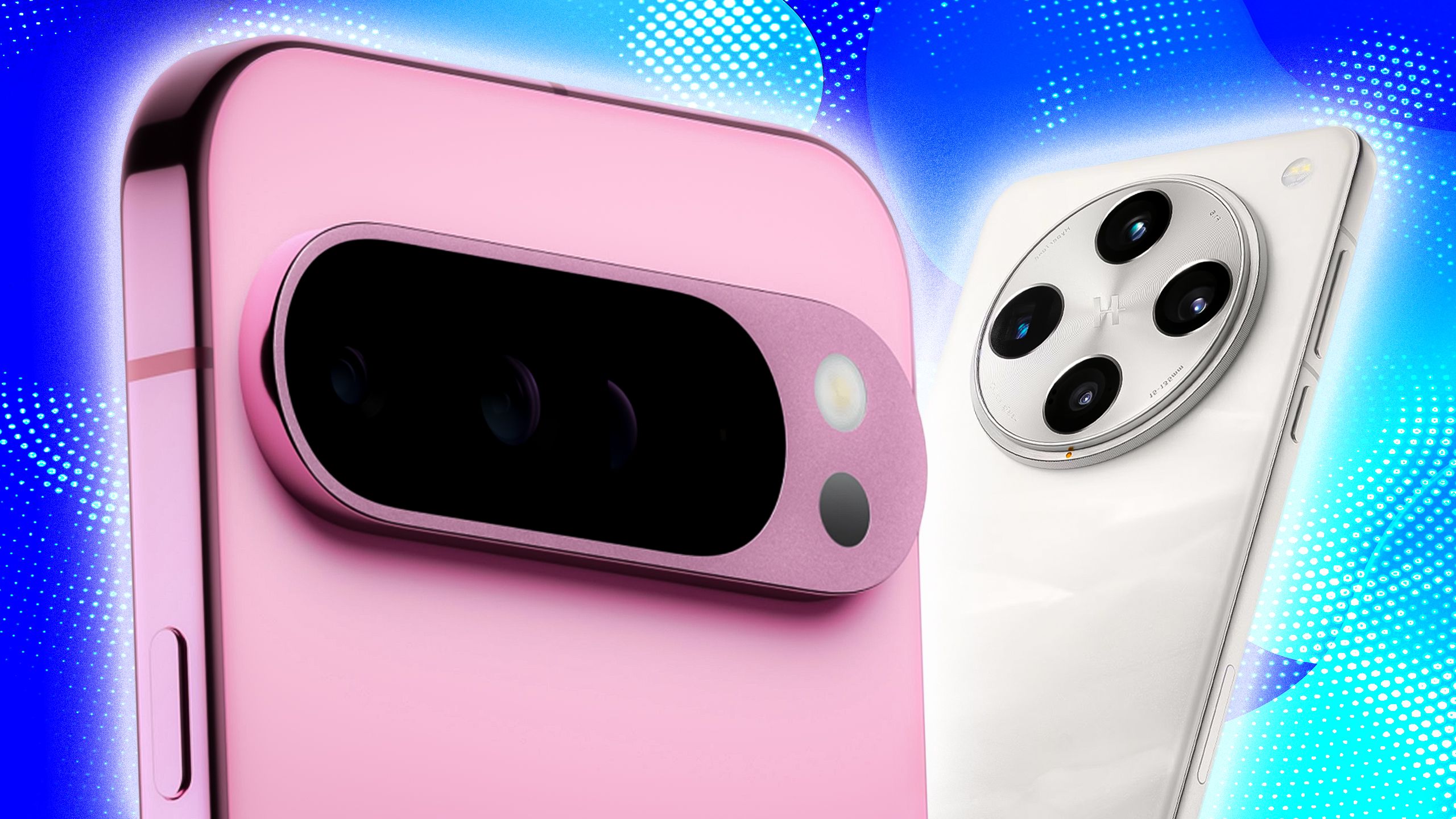
Related
Apple showed us the best dual camera combination in 2016
Google wasn’t wrong either
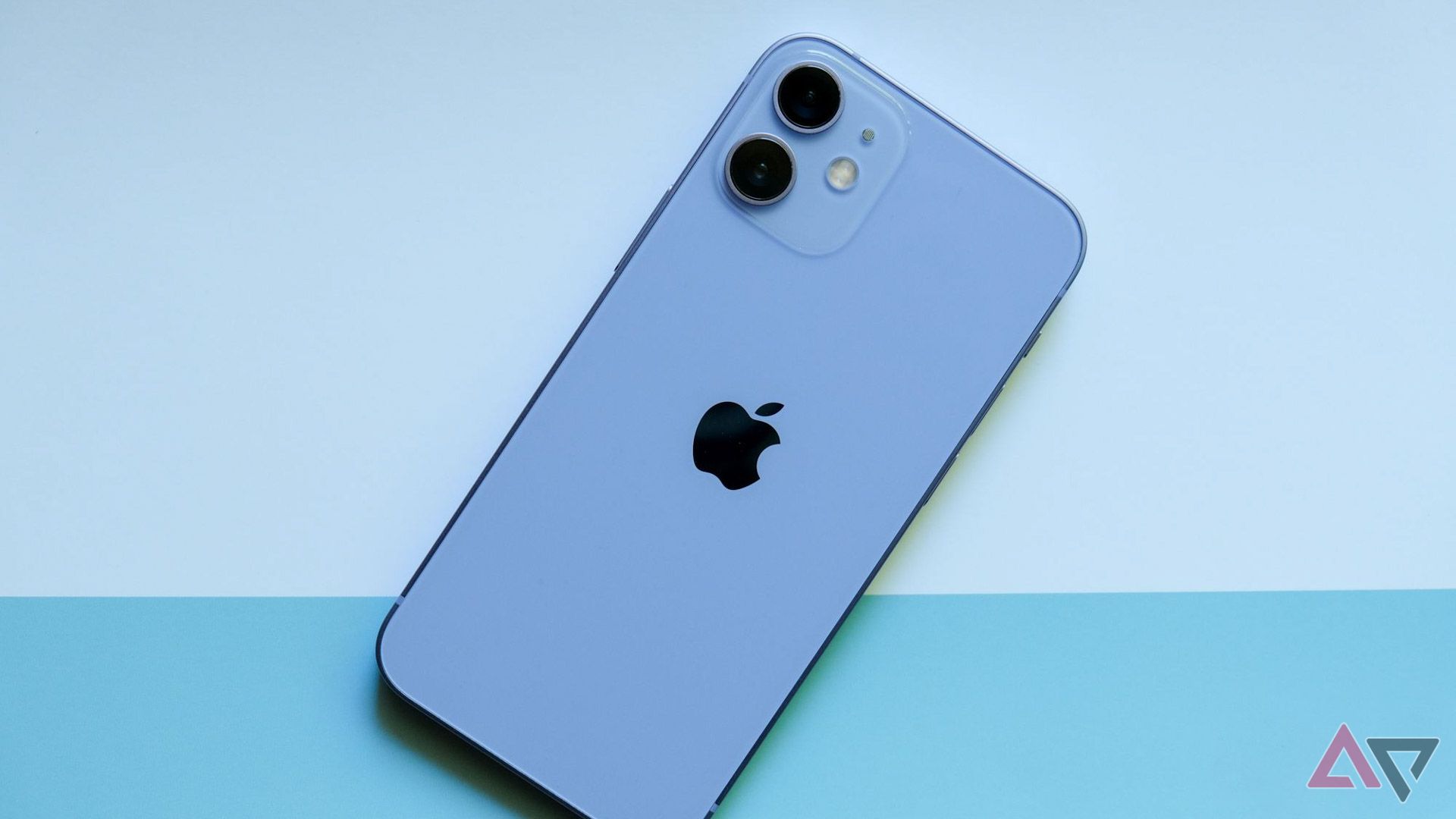
The iPhone 7 Plus was the first iPhone to get a dual camera setup. The primary shooter was accompanied by a 2X telephoto lens that punched in to capture faraway objects and captured human portraits at an ideal focal length. Portrait shots look the best when taken at certain focal lengths: 50mm, 70mm, and 85mm, to name a few. The iPhone’s 2X shooter almost replicated the 50mm look, which made it an excellent camera to have on the phone.
As time passed, ultrawide cameras became a fad on smartphones, so Apple added one to the iPhone 11 Pro as a third camera along with the primary and telephoto lenses. The vanilla iPhone 11 replaced the 2X telephoto lens with an ultrawide. After all, this was the trend. Most phones with dual camera setups had a standard lens and an ultrawide. Even in 2025, most brands follow the same rule. Up to the $500 to $600 mark, most phones have the same camera setup with a standard and ultrawide lens. Despite being a flagship, the upcoming Samsung Galaxy S25 Edge is rumored to have the same setup.
When Google went against the trend and launched the Pixel 4 with a telephoto lens instead of an ultrawide, they were trolled by the online community. I was one of the trolls jamming my hands on the keyboard, only to realize later that Google was correct.

Related
The issue with ultrawide cameras
Why they’re not attractive anymore
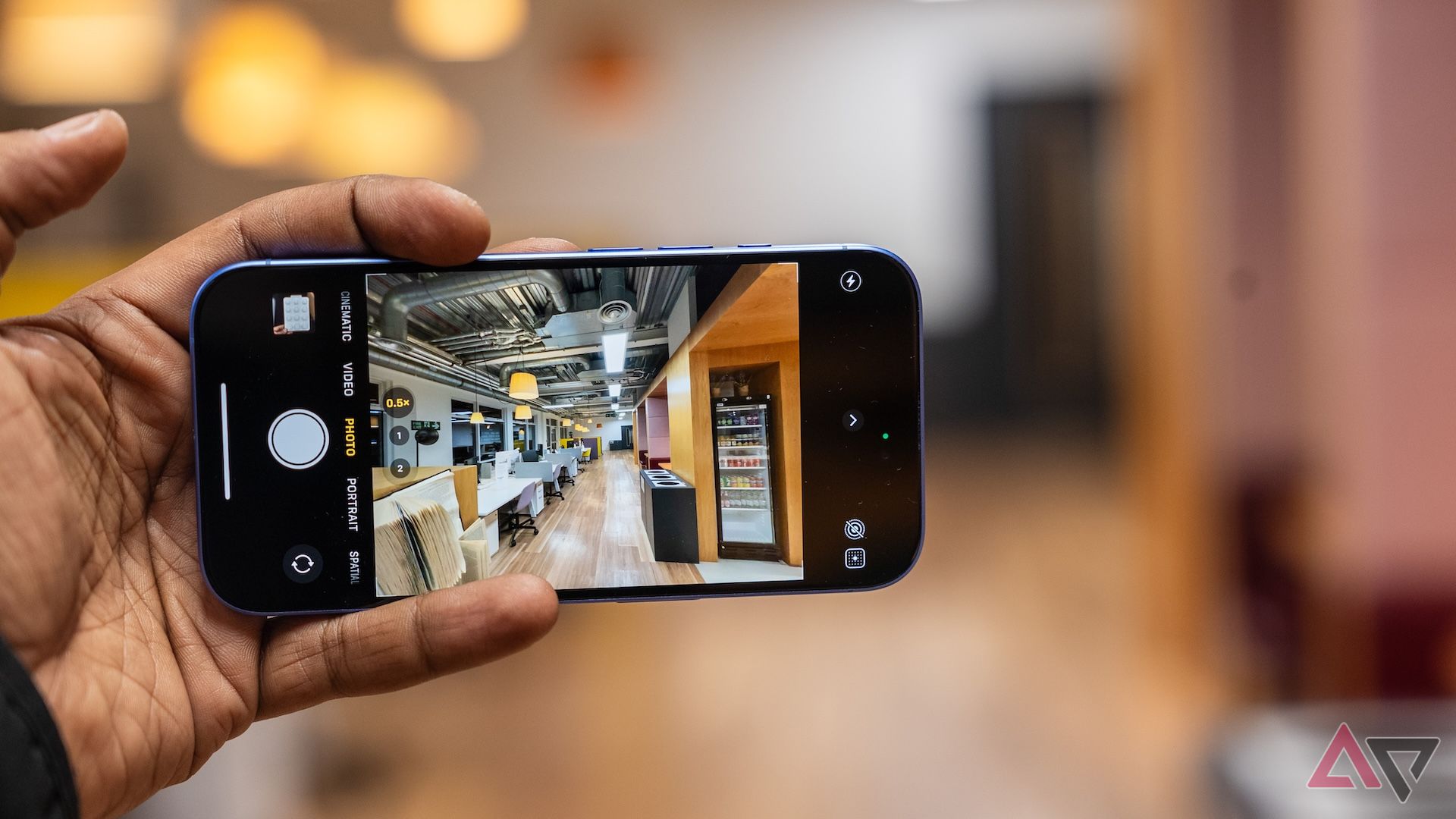
When ultrawide cameras were new on phones, everyone was excited about the unique perspective they captured due to the slight fish-eye effect. You could capture more of the scene and fit more people into a group photo. However, these were ideal situations and only possible when the lighting was sufficient. This is because brands use inferior sensors for the ultrawide camera, resulting in softer photos that look even worse when there’s limited light.
This is still the case with several smartphones, including those priced close to $1,000. Due to the inferior quality, most people take a couple of steps back and use the primary camera to capture more elements in the frame. Moreover, there are limited instances where you may want to capture a wider area. Perhaps a landscape on a vacation, or a group photo from a college reunion? Then again, how often do these events take place?
A zoom camera is more versatile
From portraits to street shots, it can do them all
Unlike an ultrawide camera that seldom comes in handy, a telephoto lens has multiple uses. For starters, it can zoom in on faraway objects to capture them. This could be parts of a building, a monument, or a restaurant menu. Additionally, most telephoto cameras have focal lengths similar to those ideal for portraits. So, clicking people’s pictures via telephoto cameras produces a better output than clicking them with the standard 1X lens. Everything from the structure of the face to the bokeh looks better when using a telephoto camera.
A telephoto or periscope zoom lens is more helpful, since it can perform several functions.
Some phones have floating telephoto lenses with minimal focusing distances. Such telephoto cameras can be used to click stellar macro photos. Finally, telephoto cameras, especially the periscope ones, make the perfect companion for street photography. The zoomed-in look captures chaos on the streets, people passing by, distant vehicles, shops, restaurants, signboards, and whatnot. Several brands like Vivo and Xiaomi have taken zoom cameras seriously and now bundle large sensors with wider apertures. These large sensors gather more light, allowing users to click better pictures of heavenly bodies like stars and the Moon.
It’s time to swap out the ultrawide for a periscope
Or add a triple camera setup
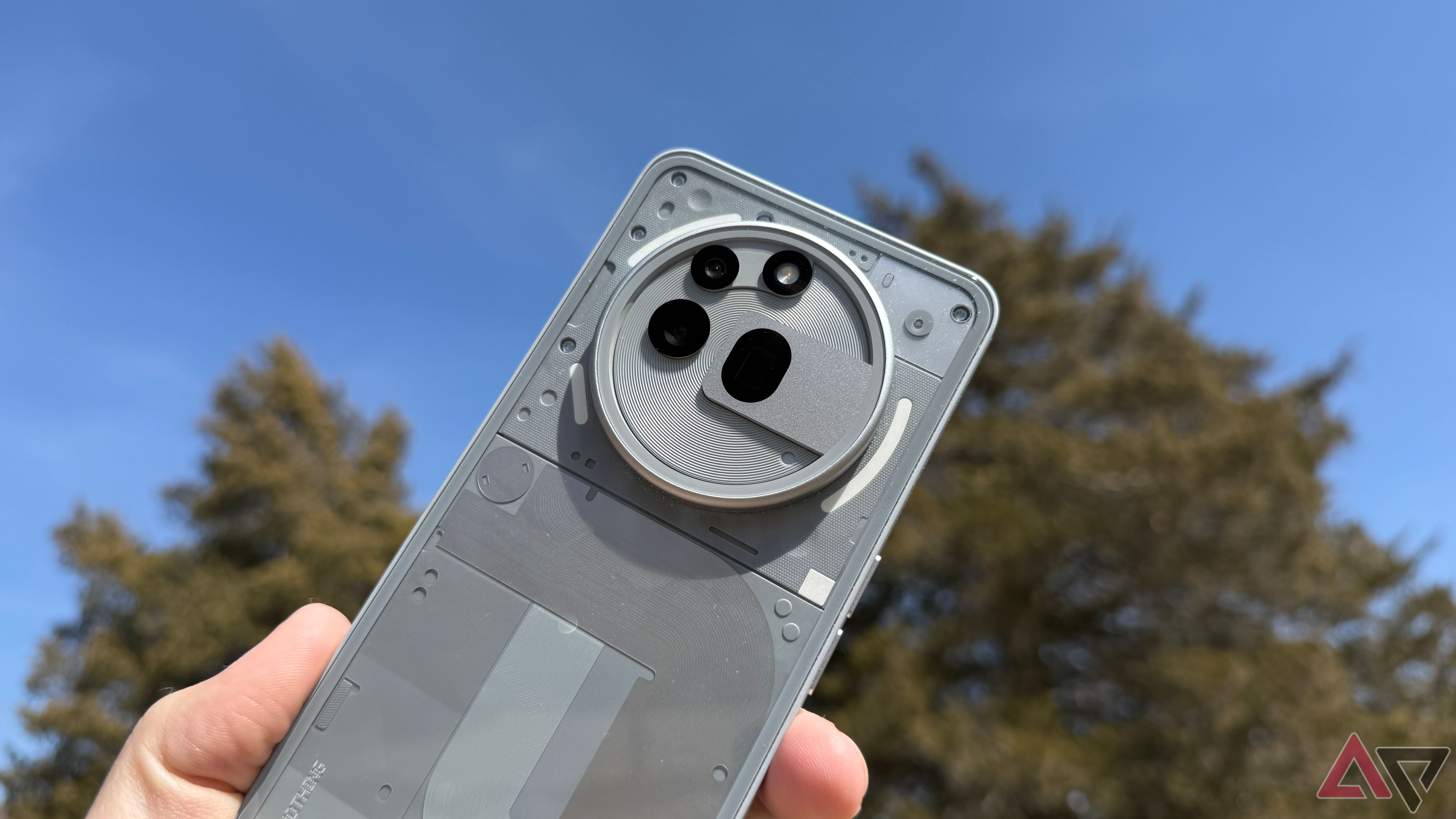
Brands like Nothing realized the growing demand for a zoom camera, even in the budget to mid-range segment, so they added one to the Nothing Phone 3a and 3a Pro. As a result, those phones are among the best in terms of cameras in their price range. Google seems to be bringing the periscope camera from the Pro lineup to the vanilla Pixel 10, albeit at the cost of the rest of the hardware. I wish more brands would realize the worth of a zoom camera over an ultrawide lens, and the trend catches on. Currently, the higher cost of a telephoto or periscope camera seems like the primary reason why brands aren’t migrating to it.
But, Nothing’s move will push brands to add a telephoto camera onto affordable phones, either as a replacement for the ultrawide, or as a tertiary camera to supplement the other two. Another big push will come when Apple replaces the ultrawide camera on the base iPhone with a zoom lens. After all, the brand is known to set trends in the smartphone market.
What’s your reaction?
Love0
Sad0
Happy0
Sleepy0
Angry0
Dead0
Wink0
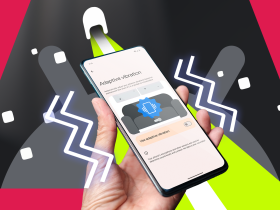

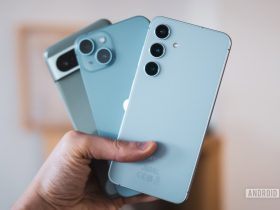
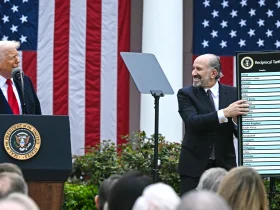


![this-shouldn’t-be-a-thing-[video]](https://betadroid.in/wp-content/uploads/2025/04/14936-this-shouldnt-be-a-thing-video-370x250.jpg)
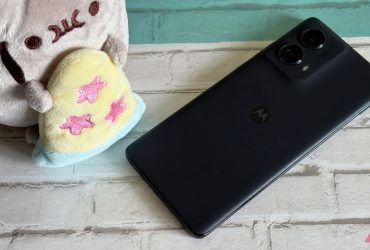
Leave a Reply
View Comments